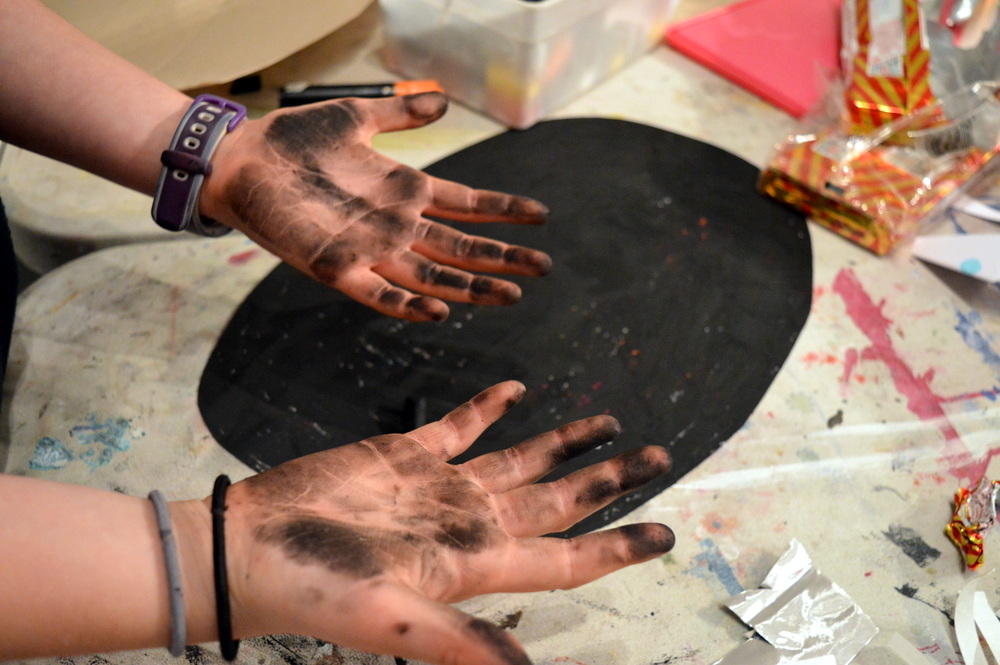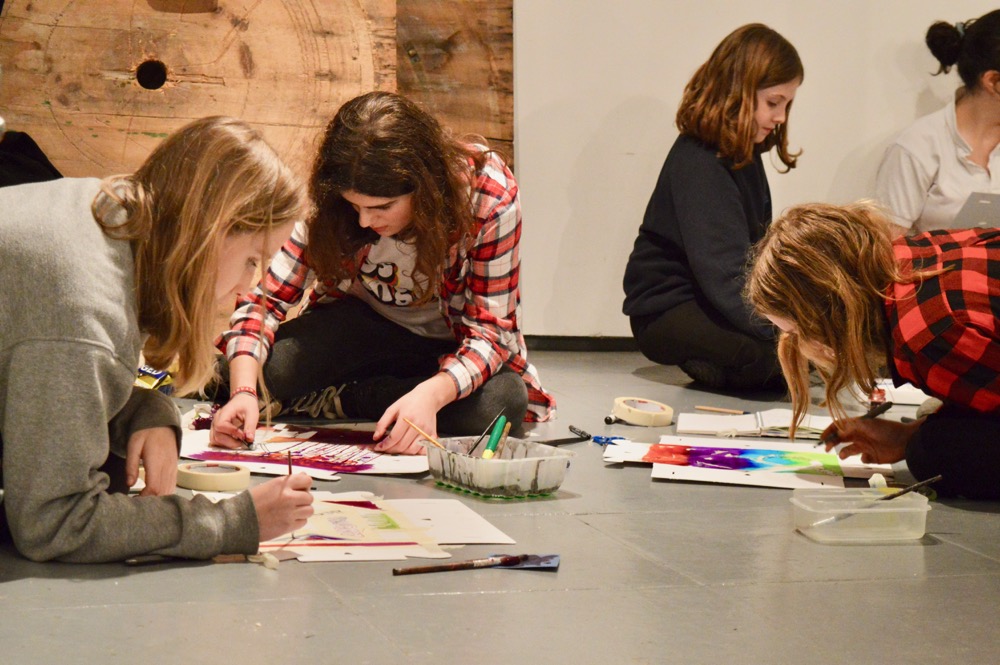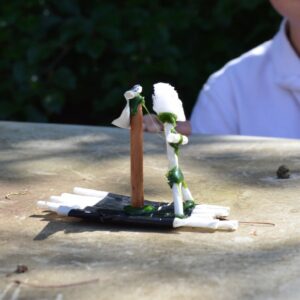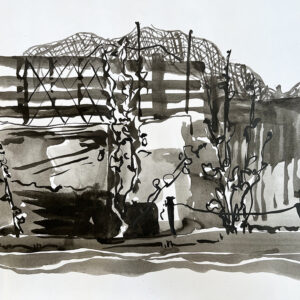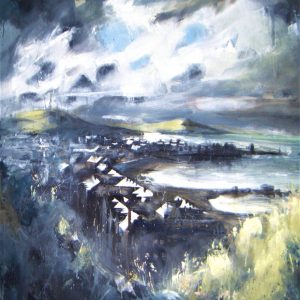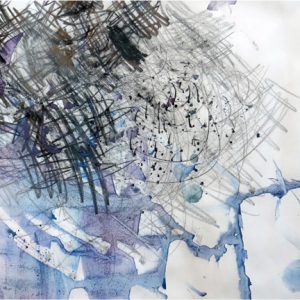Introduction to Watercolour
This resource forms Part One of “Exploring Watercolour at the Fitzwilliam Museum Cambridge with AccessArt”
The resource describes and demonstrates individual watercolour techniques, and then shows examples of these techniques in paintings from the Fitzwilliam Collection. The images can be printed and used in the classroom, making this resource a useful tool for teachers to use either in their own professional development, or in a classroom context.
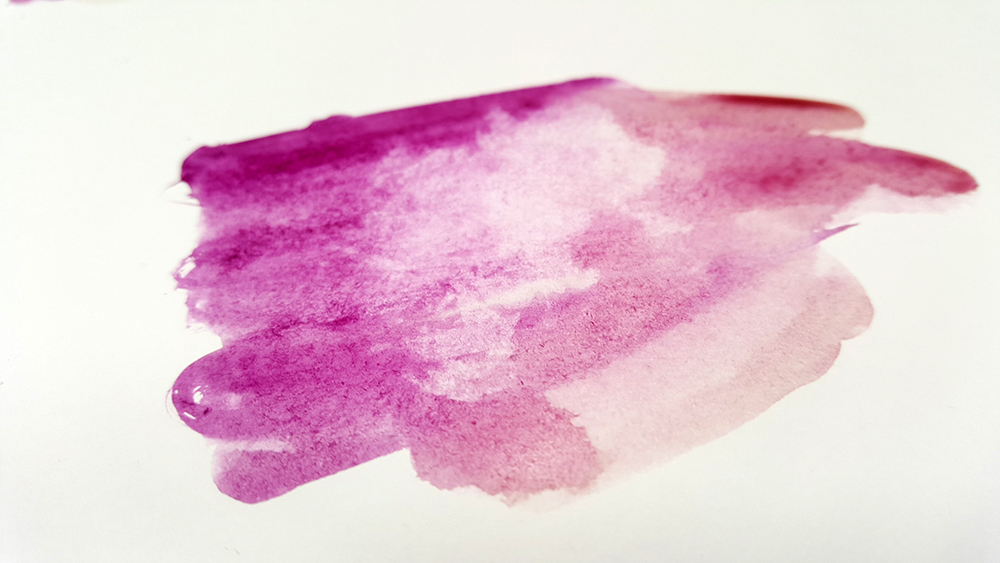
To access all content, I would like to join as…
AccessArt is a UK Charity and we believe everyone has the right to be creative. AccessArt provides inspiration to help us all reach our creative potential.

